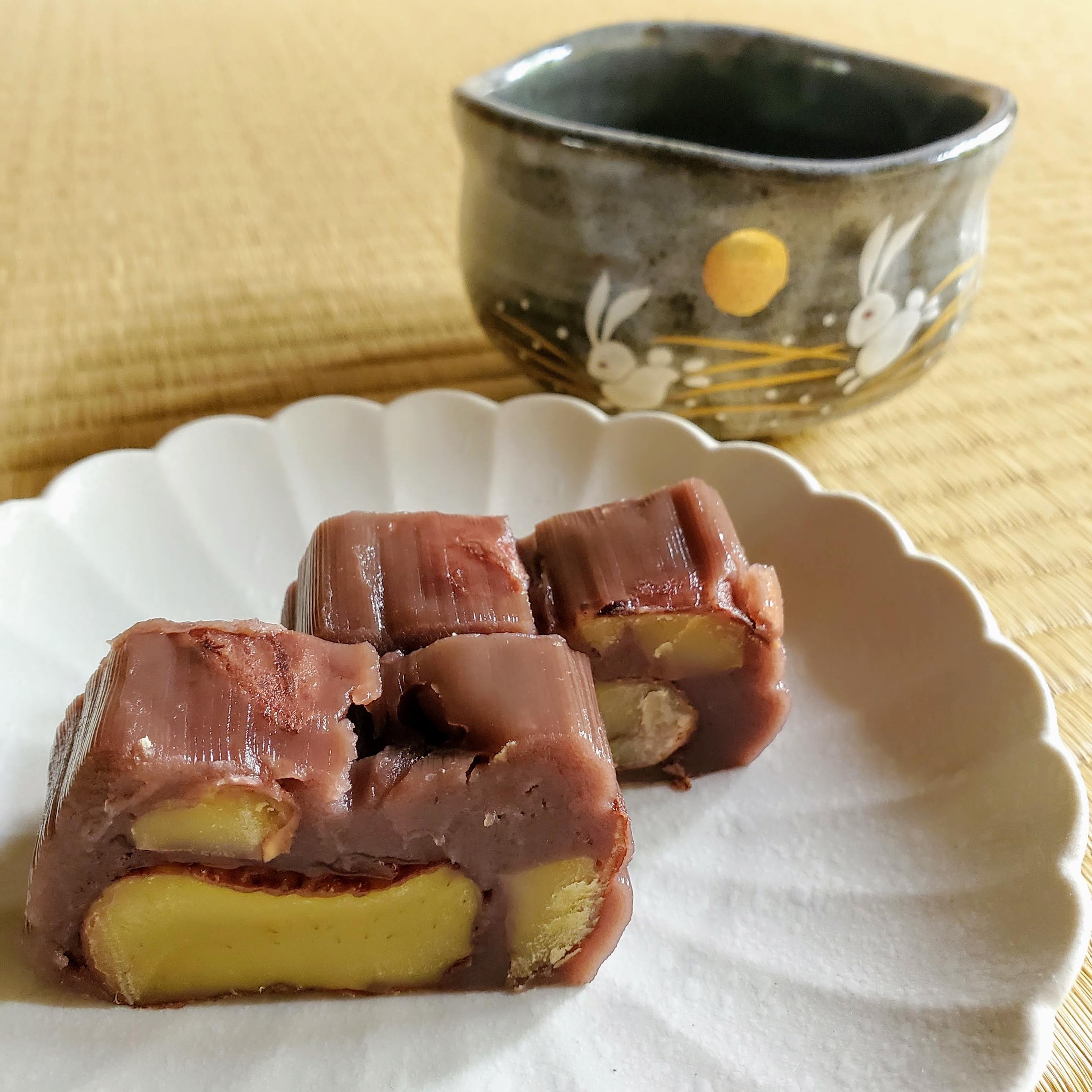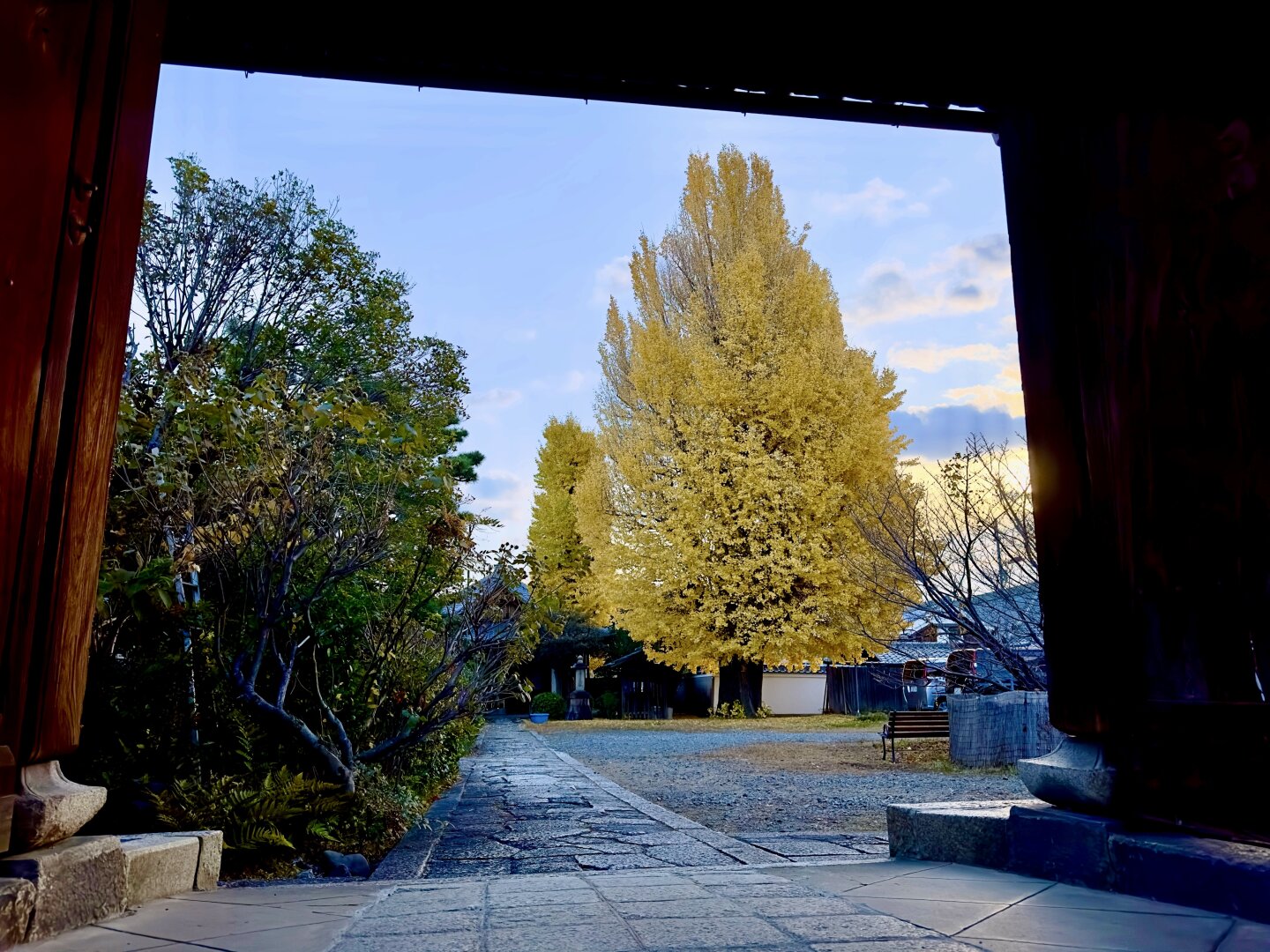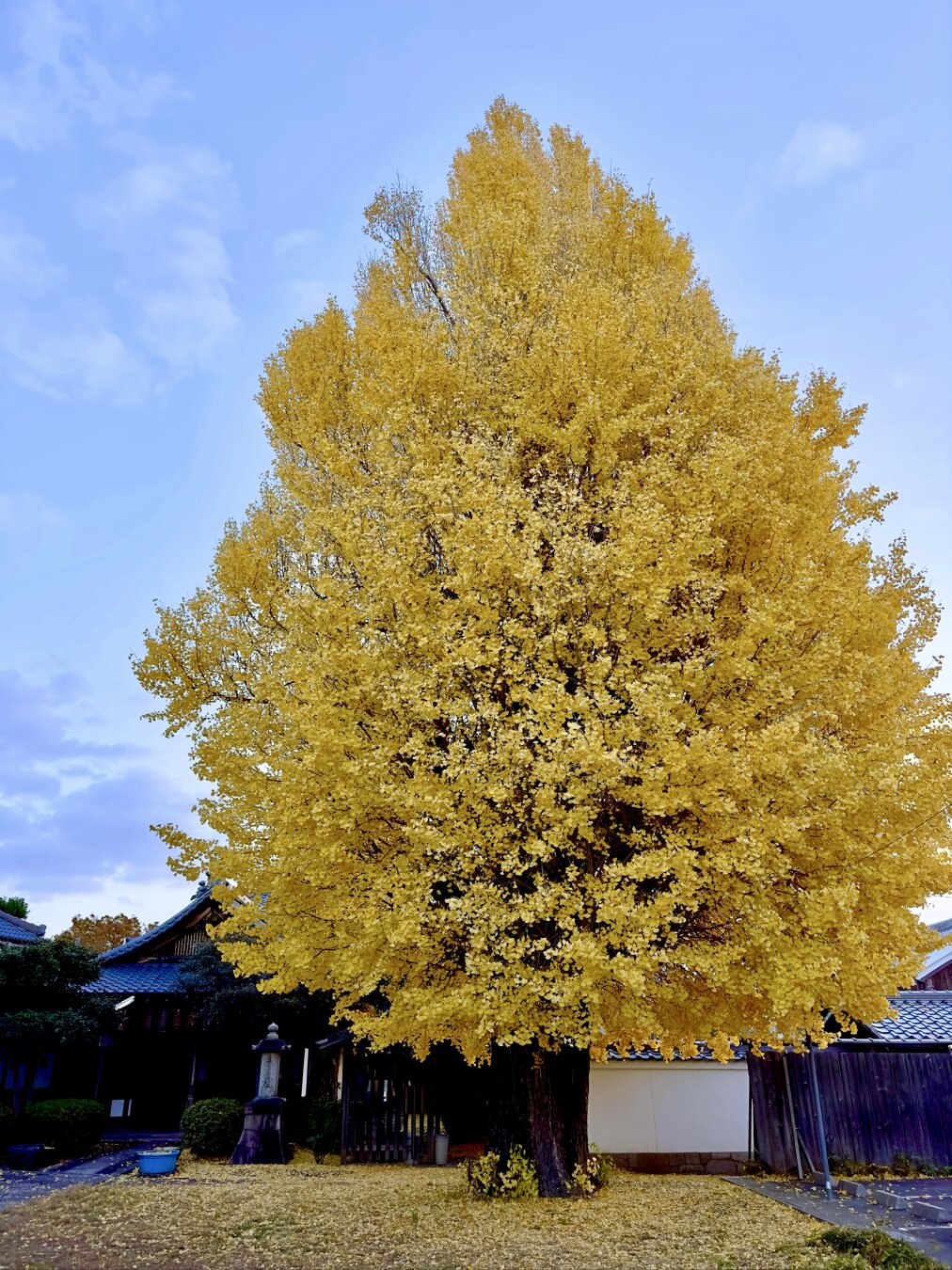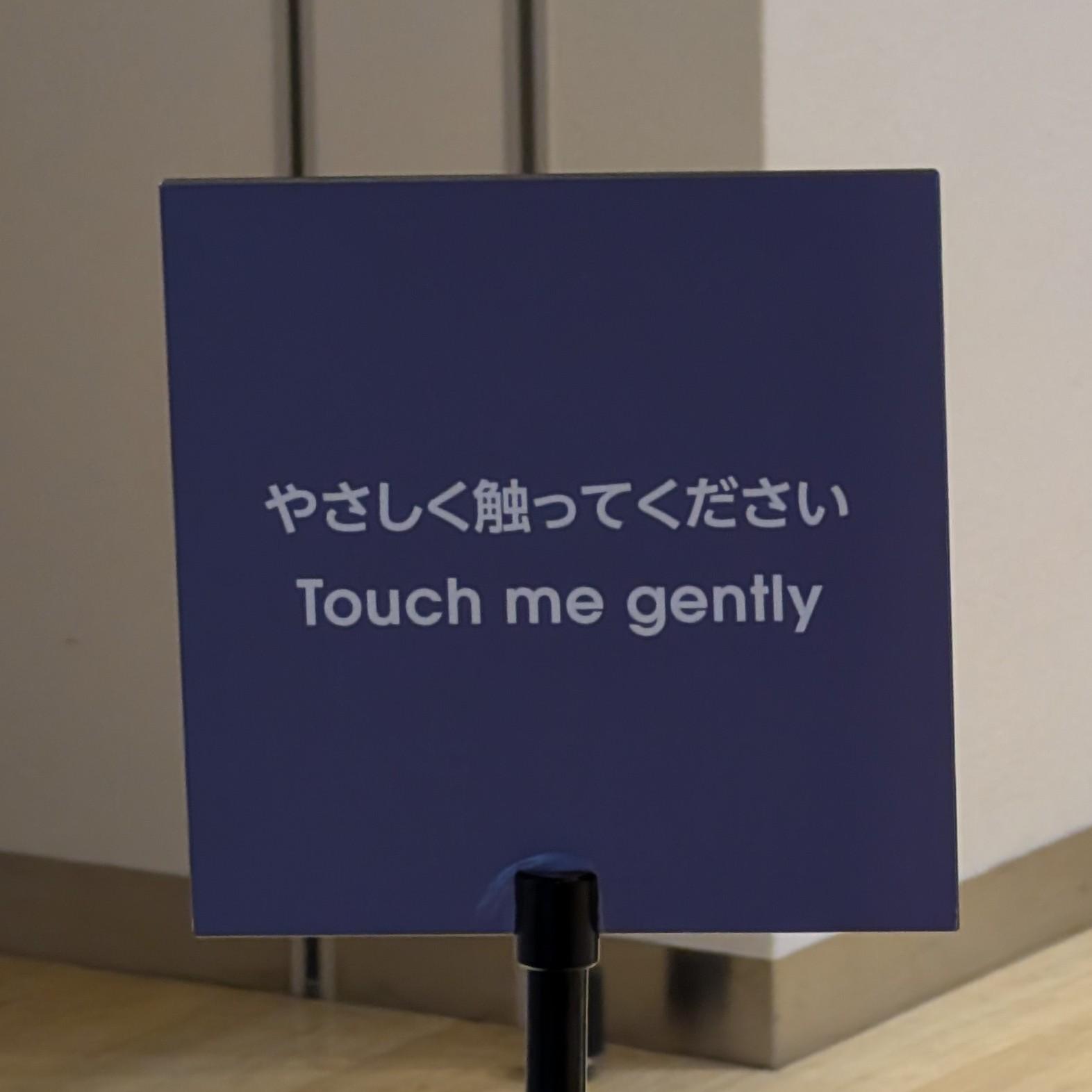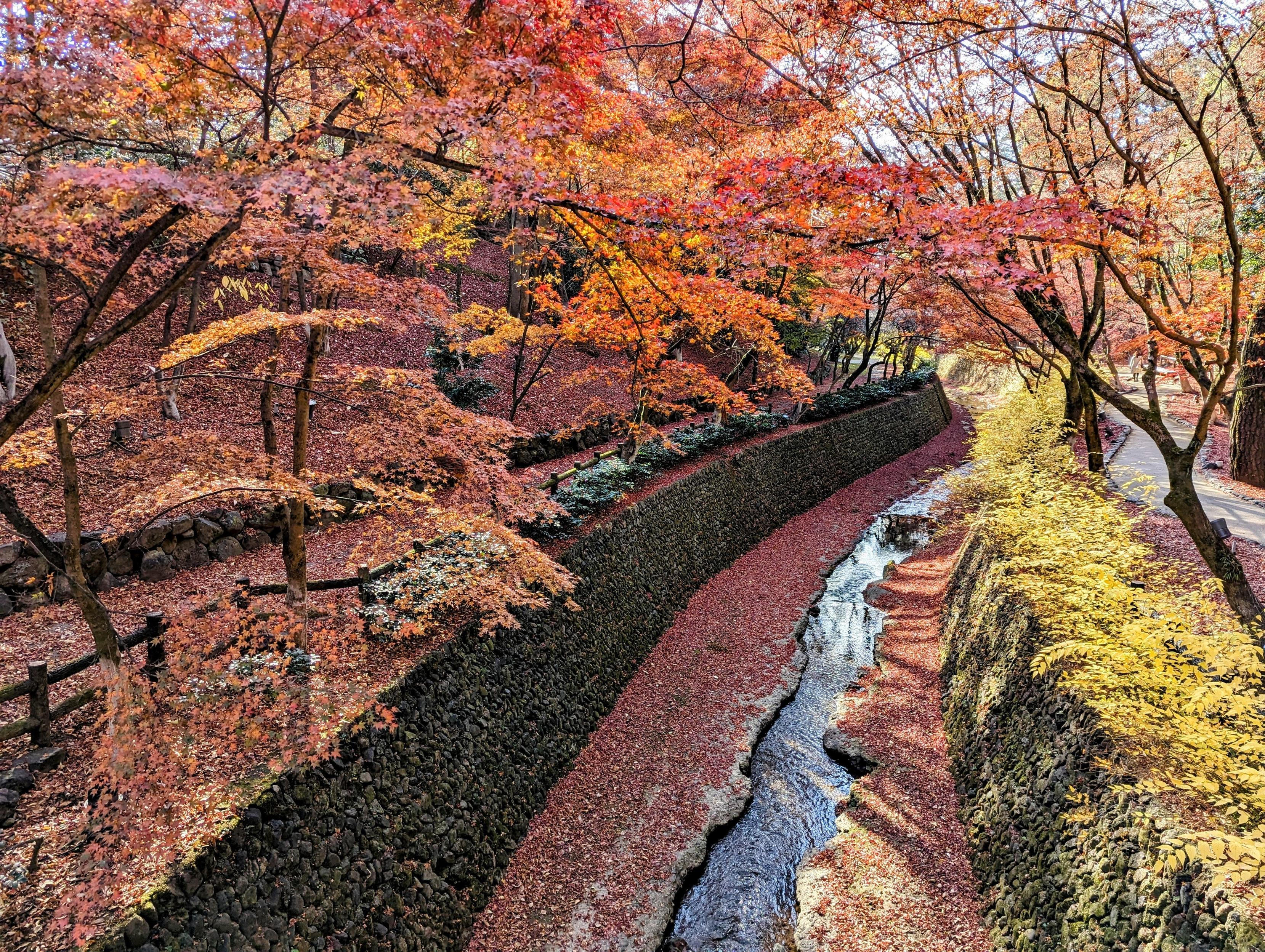

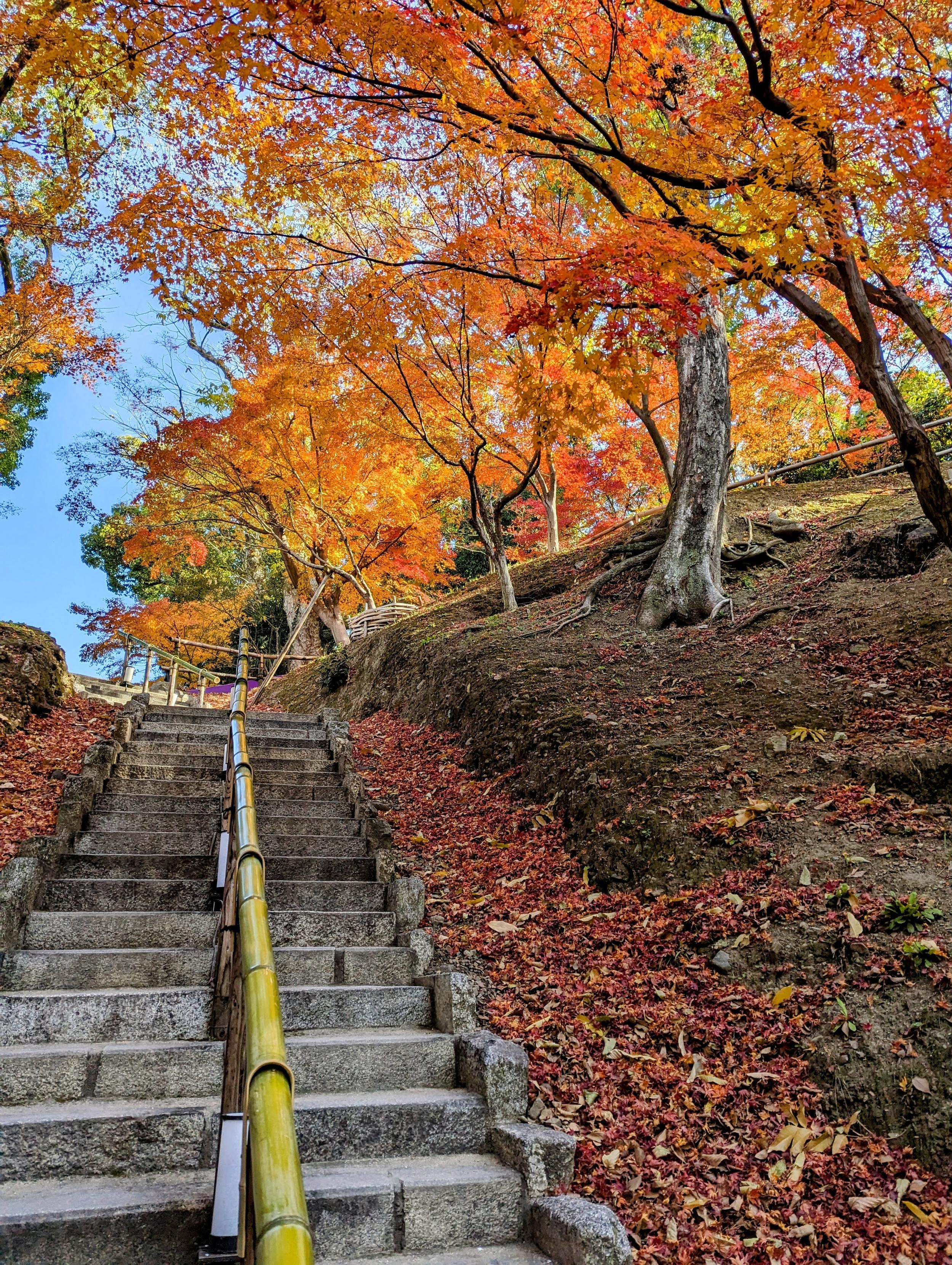

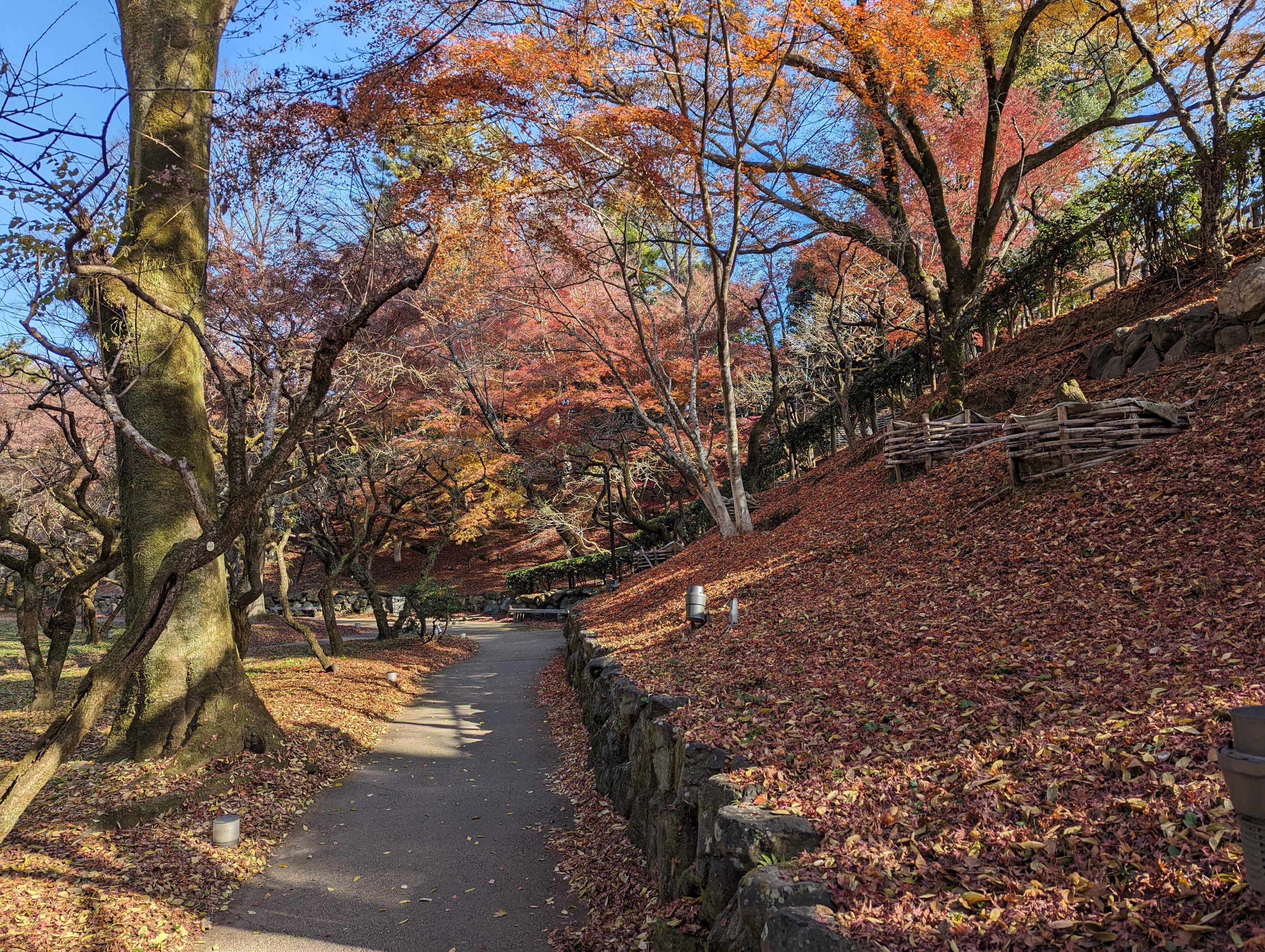
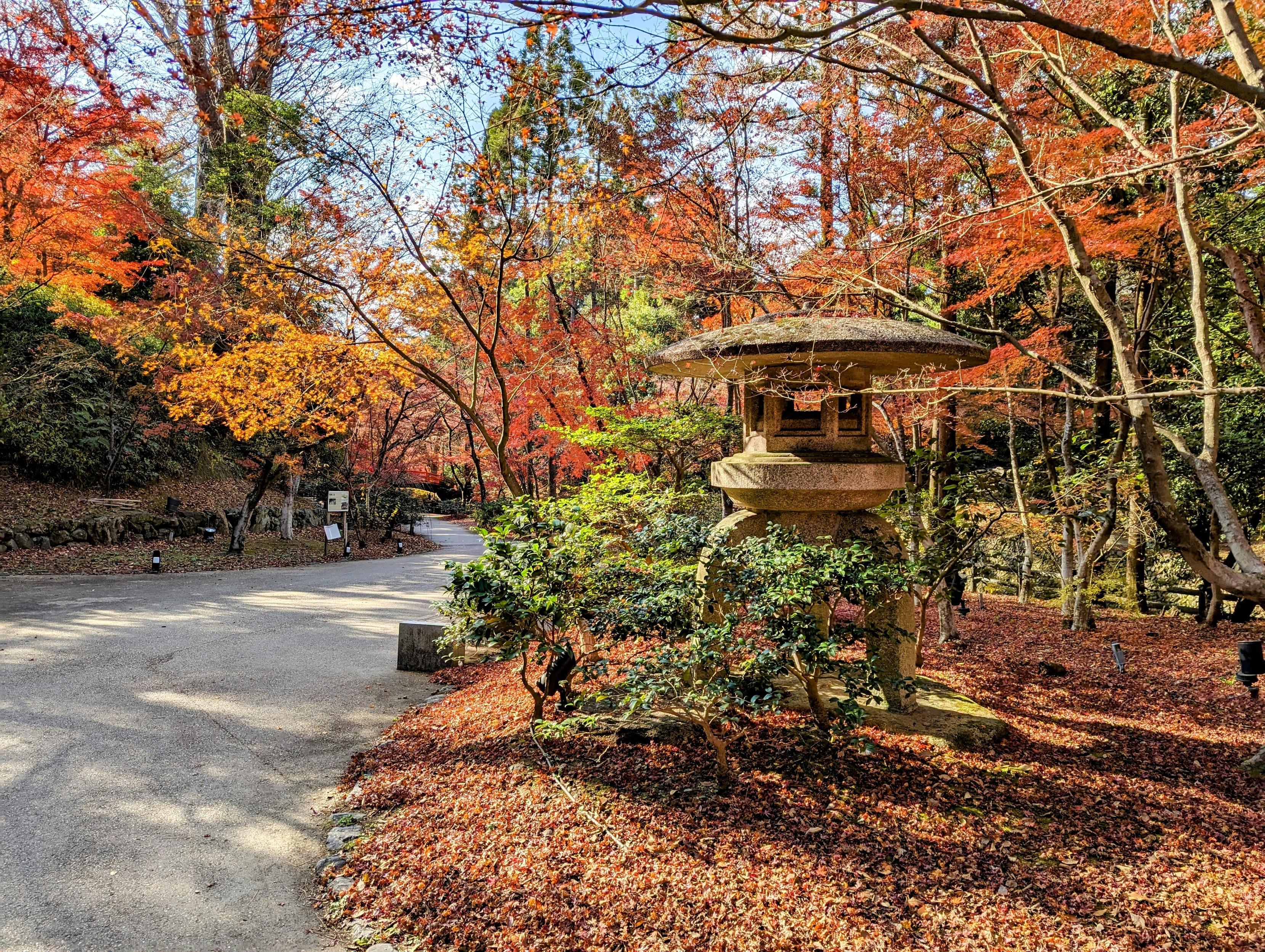

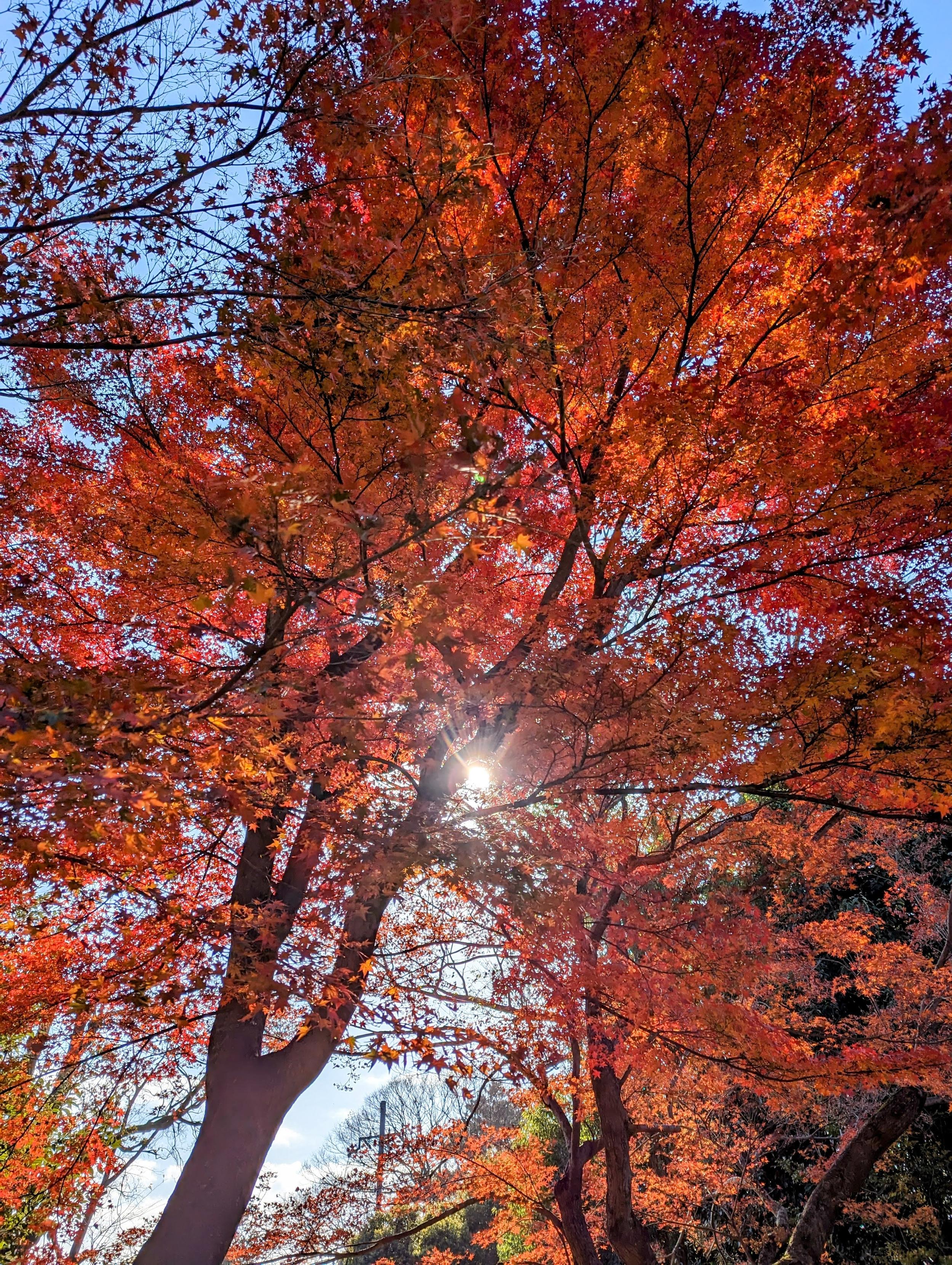
Ekoji Temple rests quietly in Kyoto’s Nishijin district, nestled within Kamigyo Ward.
In its grounds rises a majestic ginkgo tree, more than four centuries old.
Each year, from mid-November to early December, its leaves burn with a radiant golden glow, illuminating the temple with the light of autumn.
#photography #ginkgo #tree #japan #kyoto #autumn








Ekoji Temple rests quietly in Kyoto’s Nishijin district, nestled within Kamigyo Ward.
In its grounds rises a majestic ginkgo tree, more than four centuries old.
Each year, from mid-November to early December, its leaves burn with a radiant golden glow, illuminating the temple with the light of autumn.
#photography #ginkgo #tree #japan #kyoto #autumn
🍂NENBUTSU FALL🍁
Even the stoniest of hearts cannot help but enjoy autumn in Arashiyama.
#otaginenbutsuji #愛宕念仏寺 #arashiyama #嵐山 #Kyoto #京都 #羅漢 #rakan #nenbutsuji #mtatago #愛宕山 #autumn #紅葉
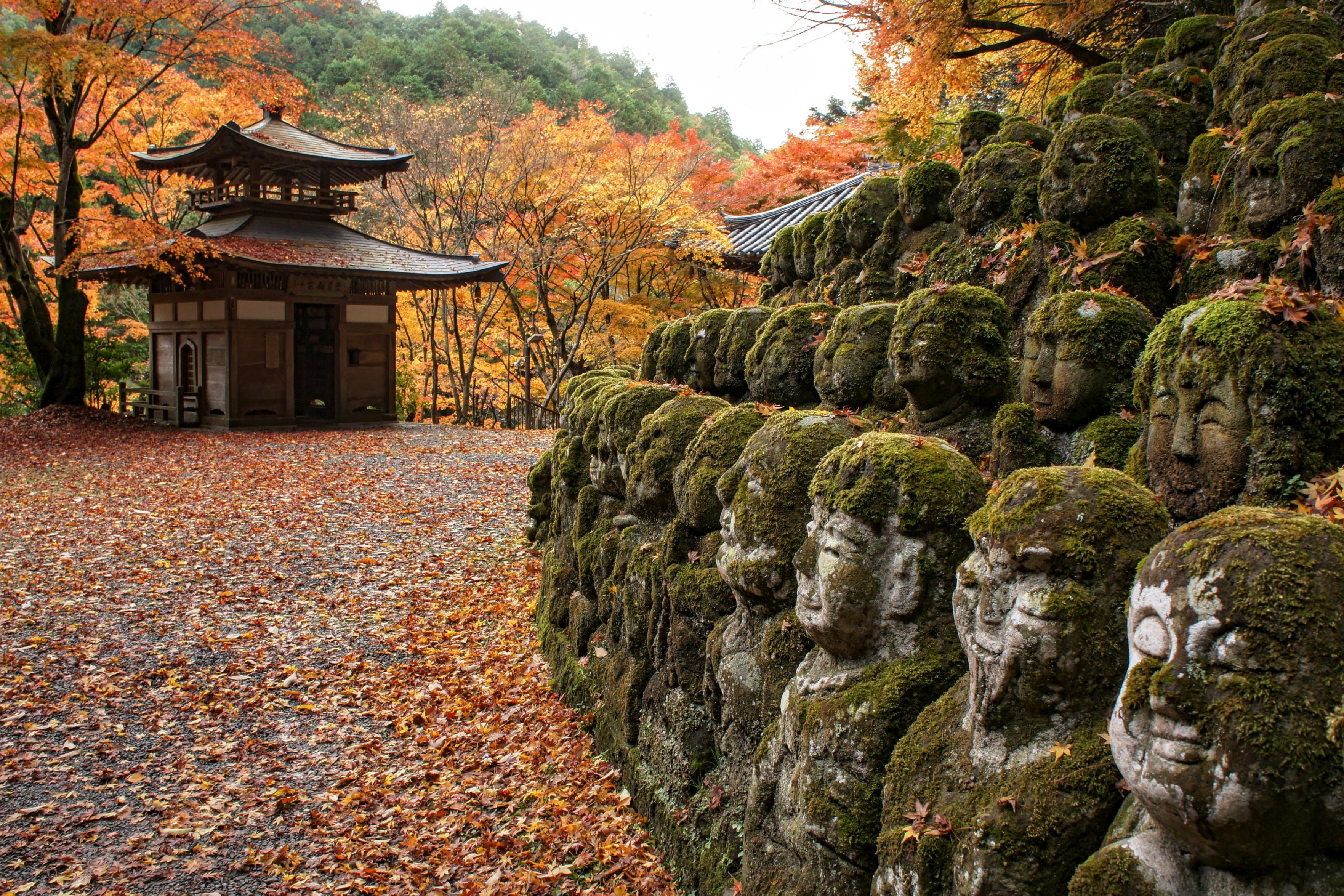
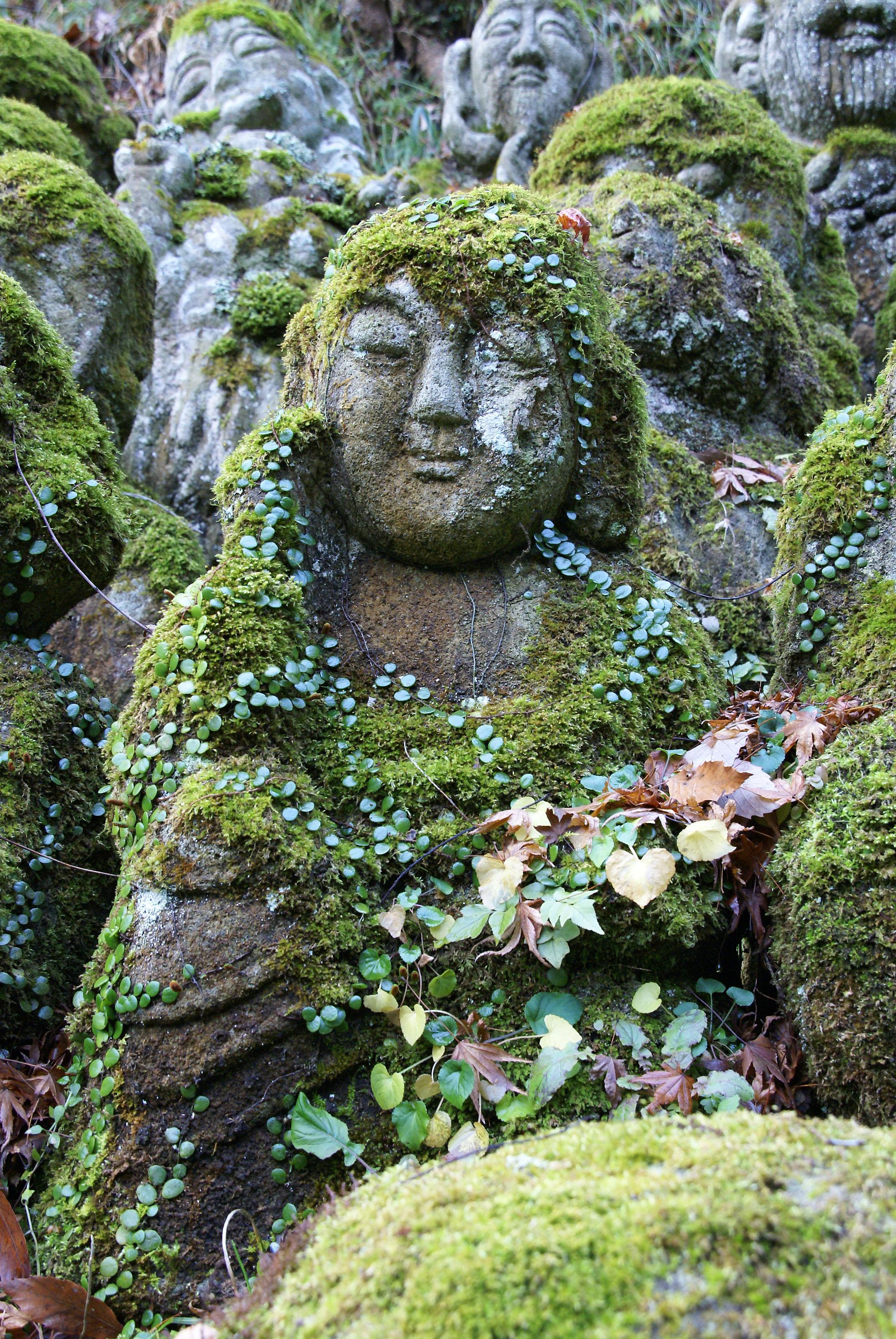

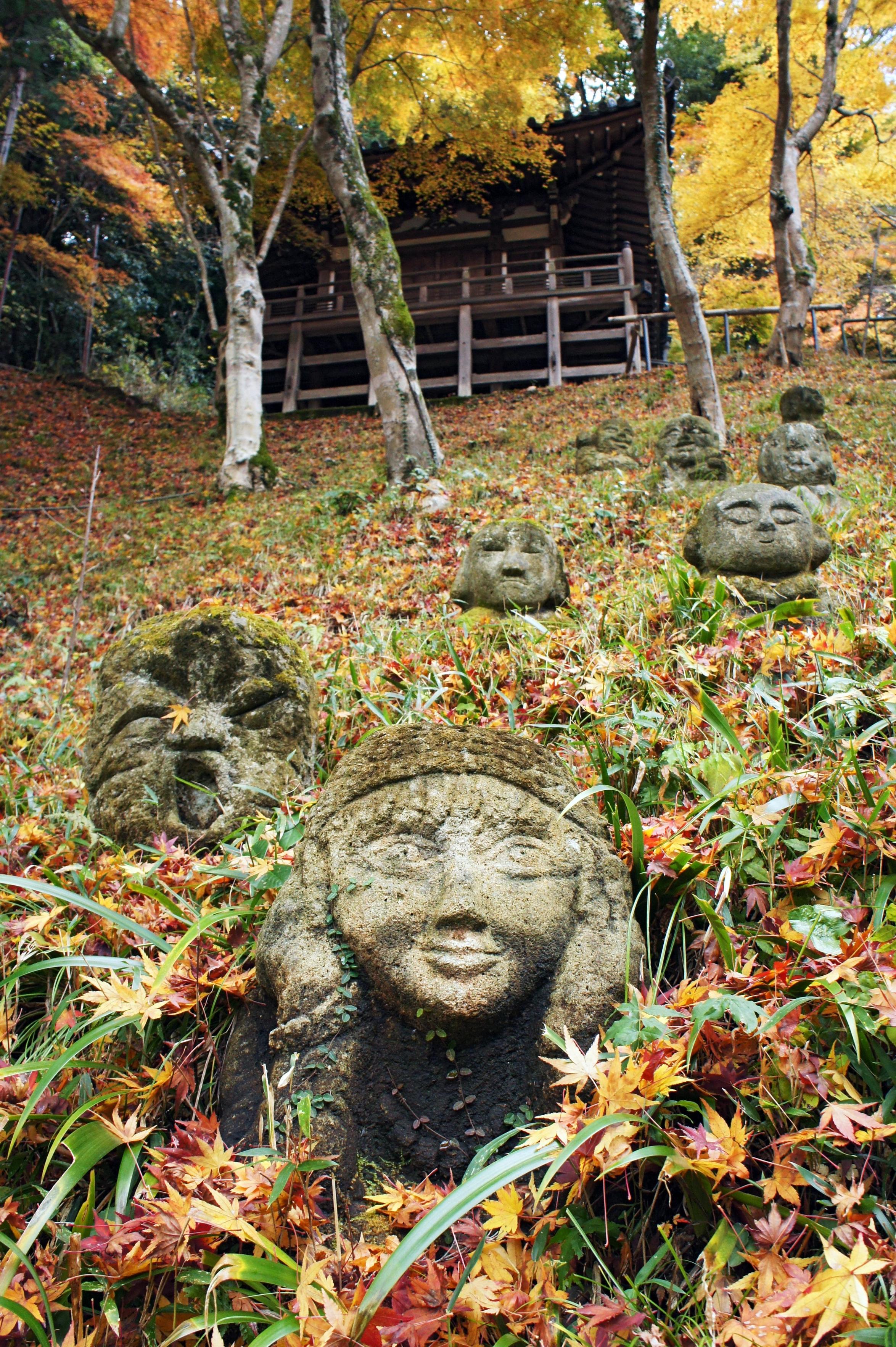
Handy travel phrases for all occasions!
#Kyoto #NintendoMuseum
In 1955 Nishimura Kōchō (西村公朝) became head priest of Otagi Nenbutsu-ji (愛宕念仏寺) and immediately set about reviving the temple.
With a background in art and restoring Buddhist statuary, Kōchō realised that statues might hold the key to restoring the temple's fortunes.
#嵐山


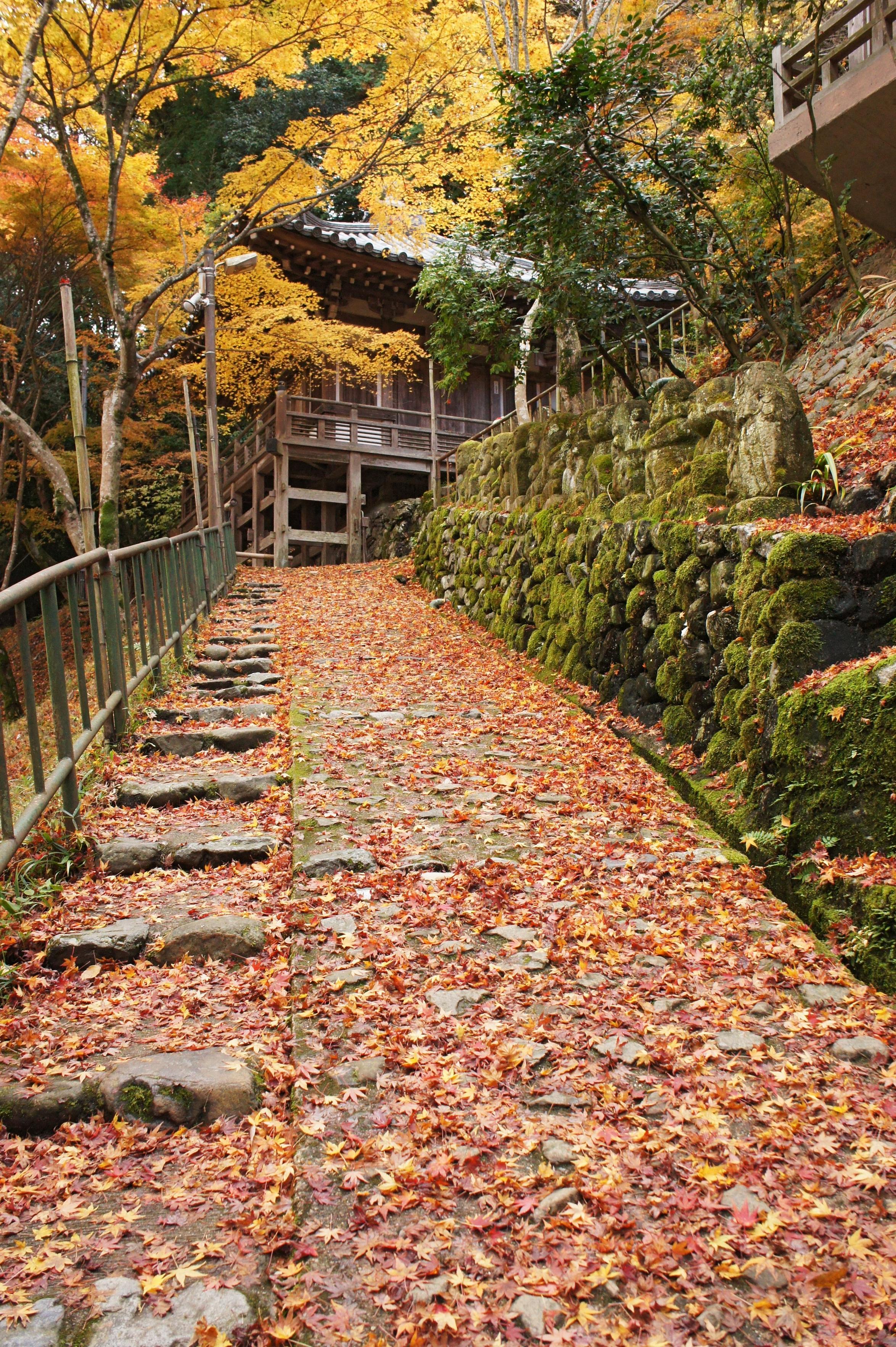
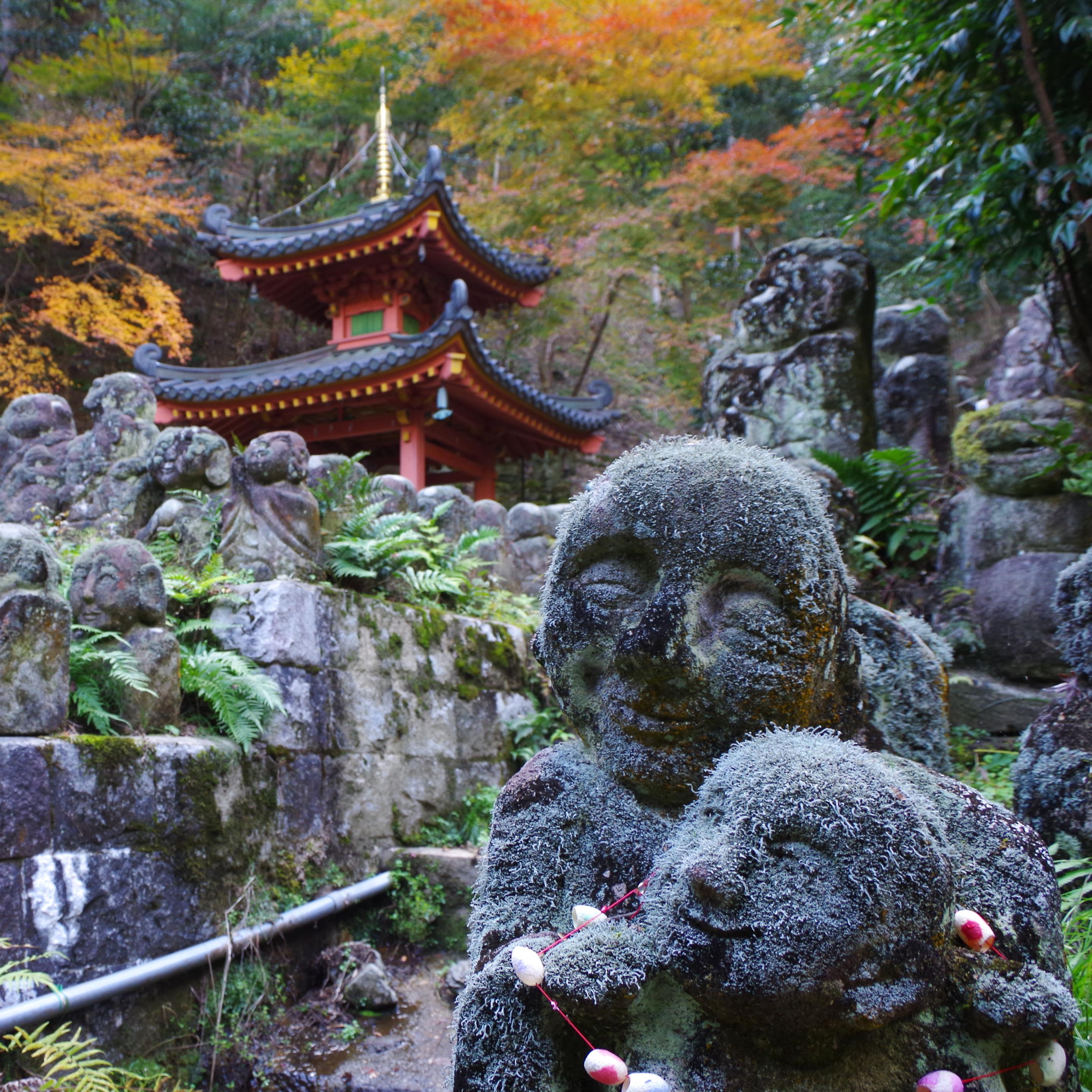
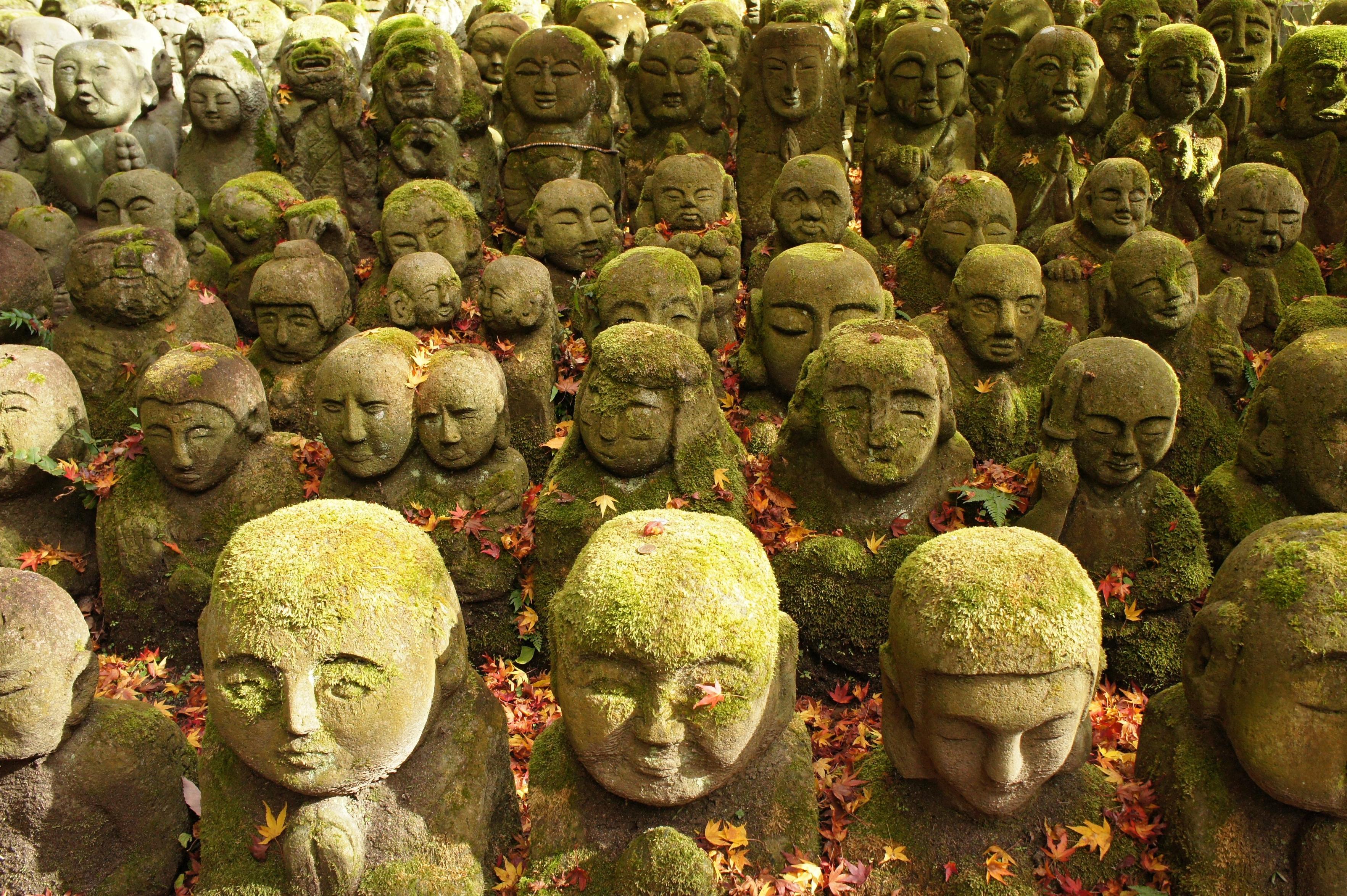
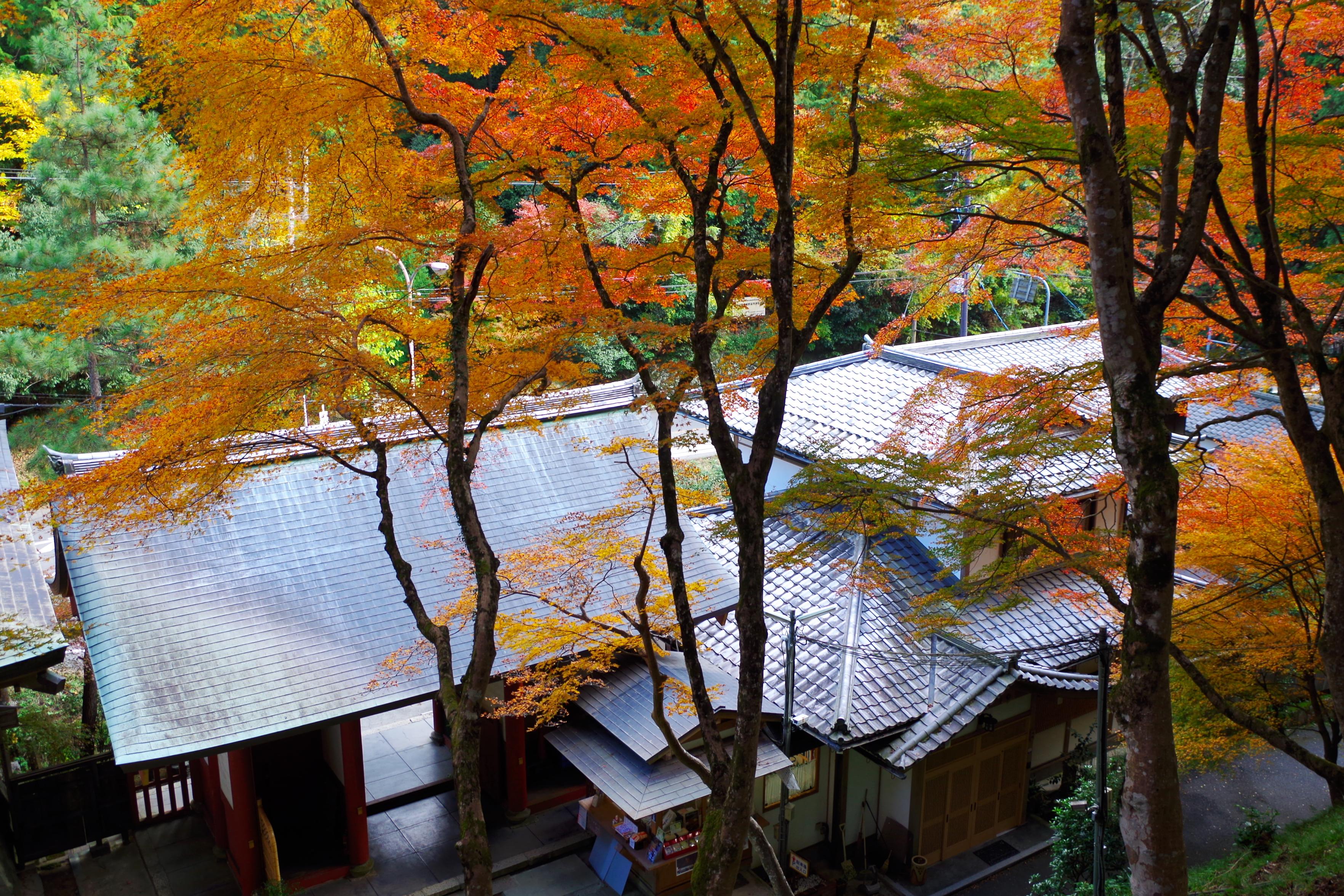
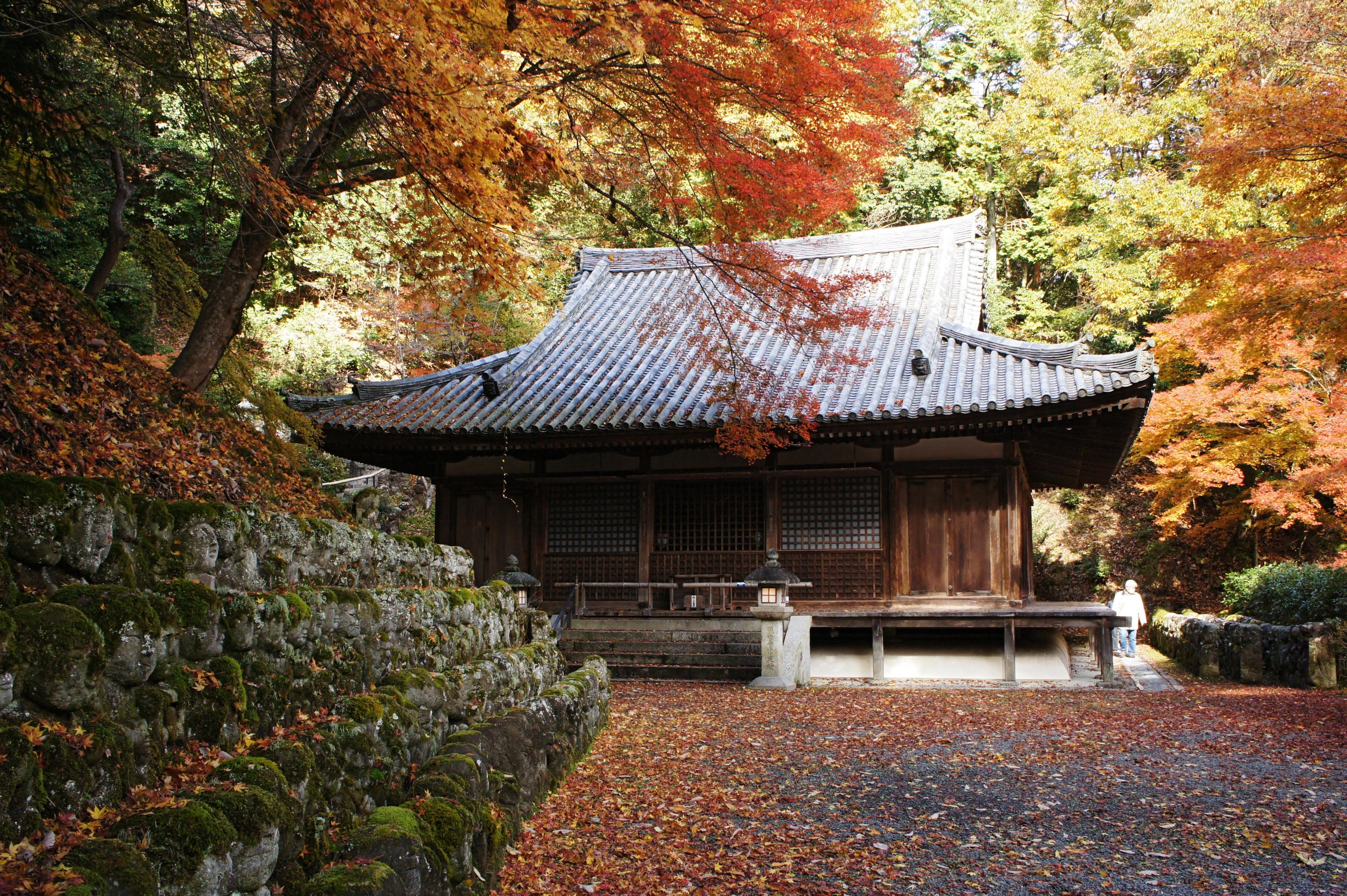
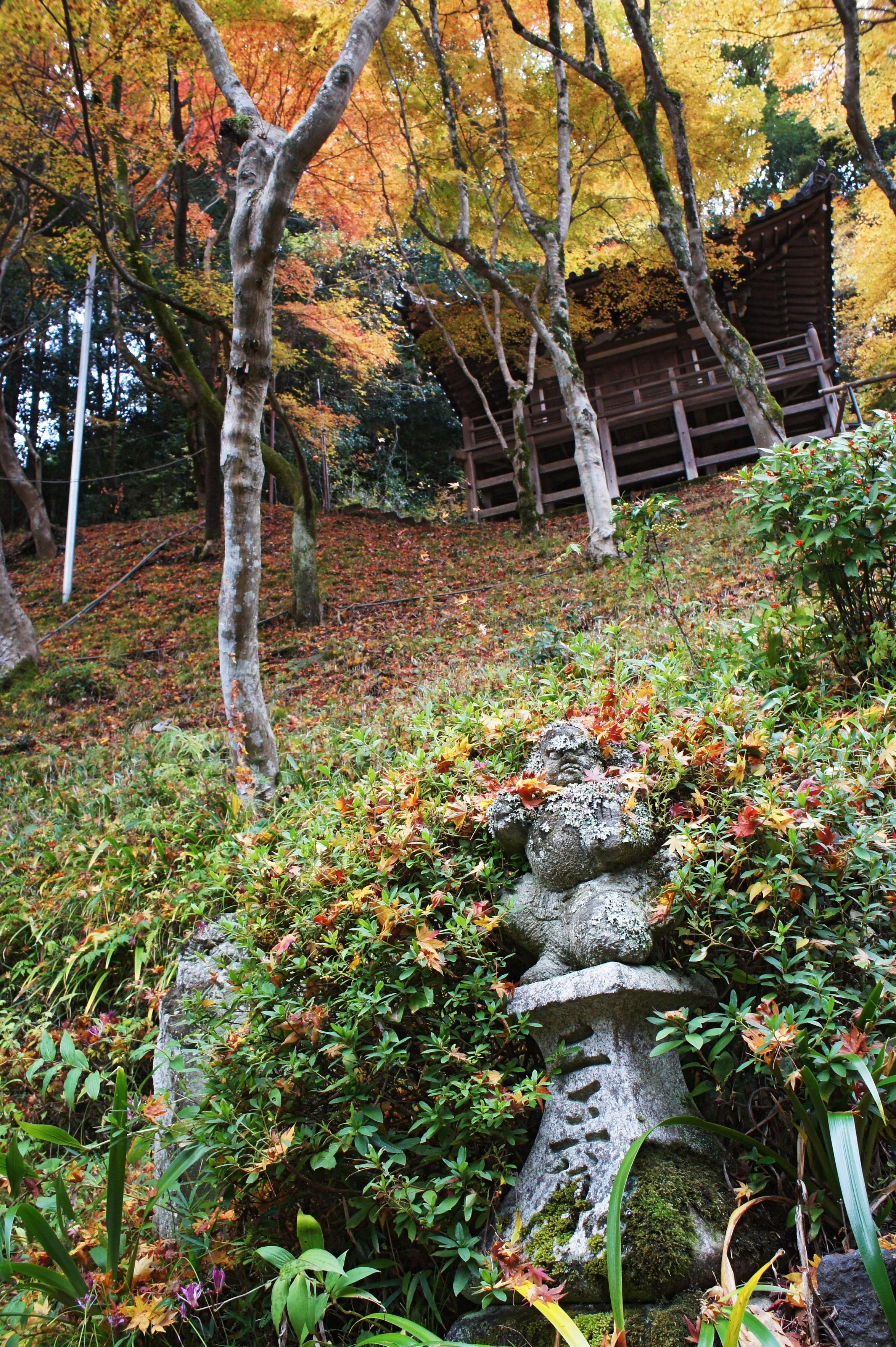
🍂NENBUTSU FALL🍁
Even the stoniest of hearts cannot help but enjoy autumn in Arashiyama.
#otaginenbutsuji #愛宕念仏寺 #arashiyama #嵐山 #Kyoto #京都 #羅漢 #rakan #nenbutsuji #mtatago #愛宕山 #autumn #紅葉




京都のお寺の秋景色
#japan #kyoto #autumn #tokyocameraclub #temple #autumnleaves #trees
Much like Christmas, it always feels as if the autumn colours will never arrive...
...but just like that they're here and it doesn't feel as if there's enough time to enjoy them🥹
#momiji #maple #紅葉 #Kyoto #京都 #autumn #autumnrain #GardenTeahouse #camelliateaceremony
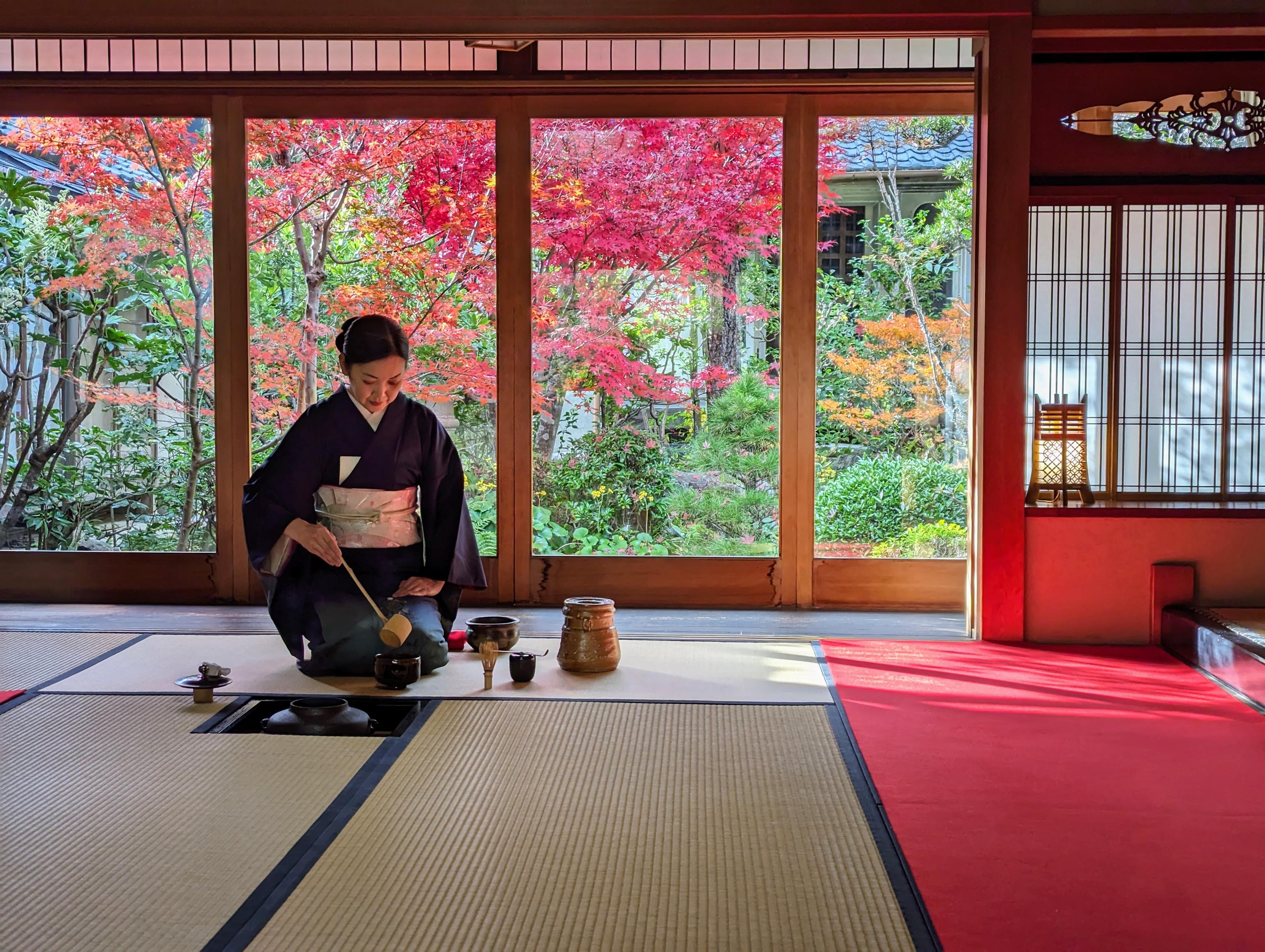
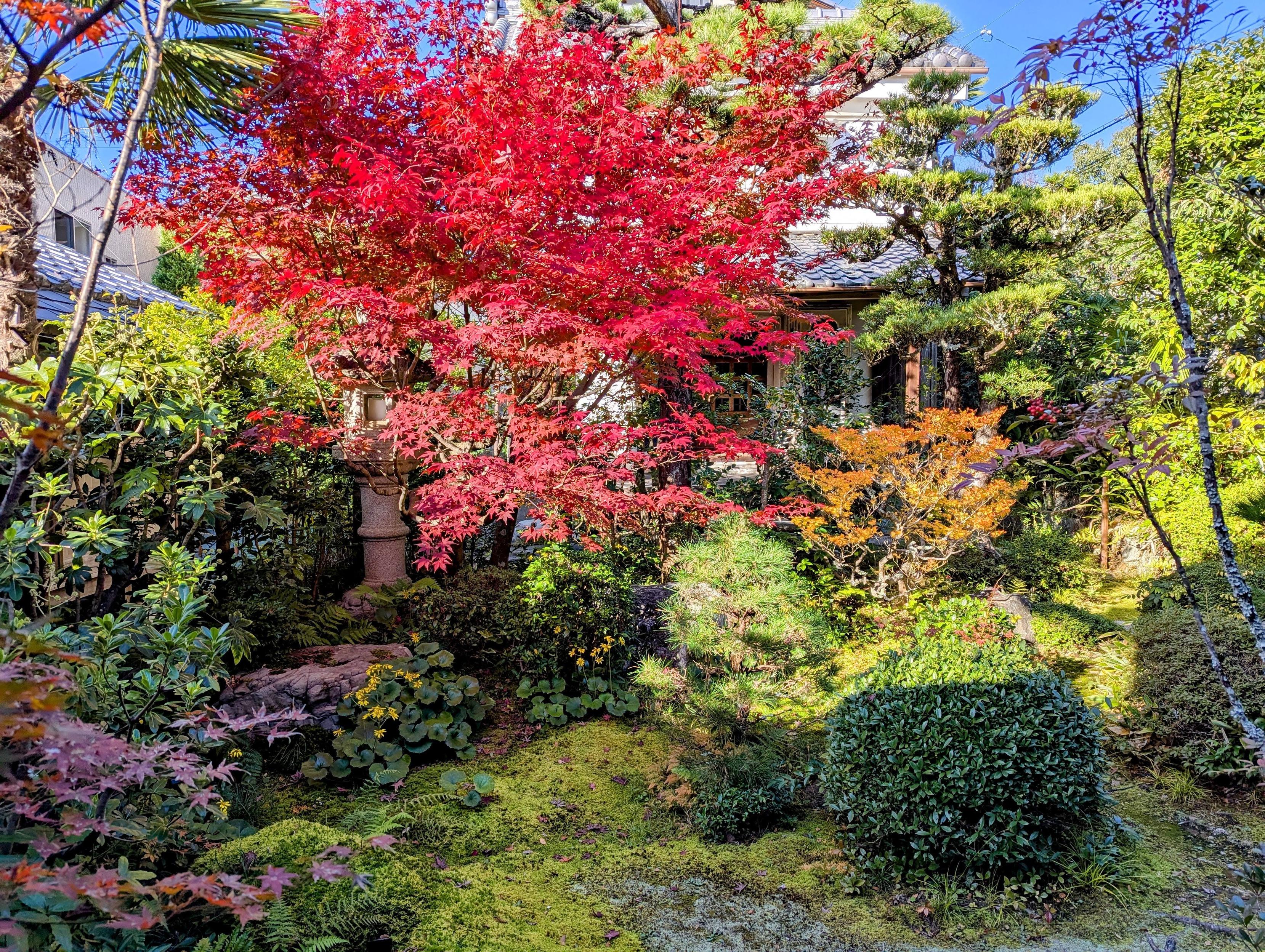
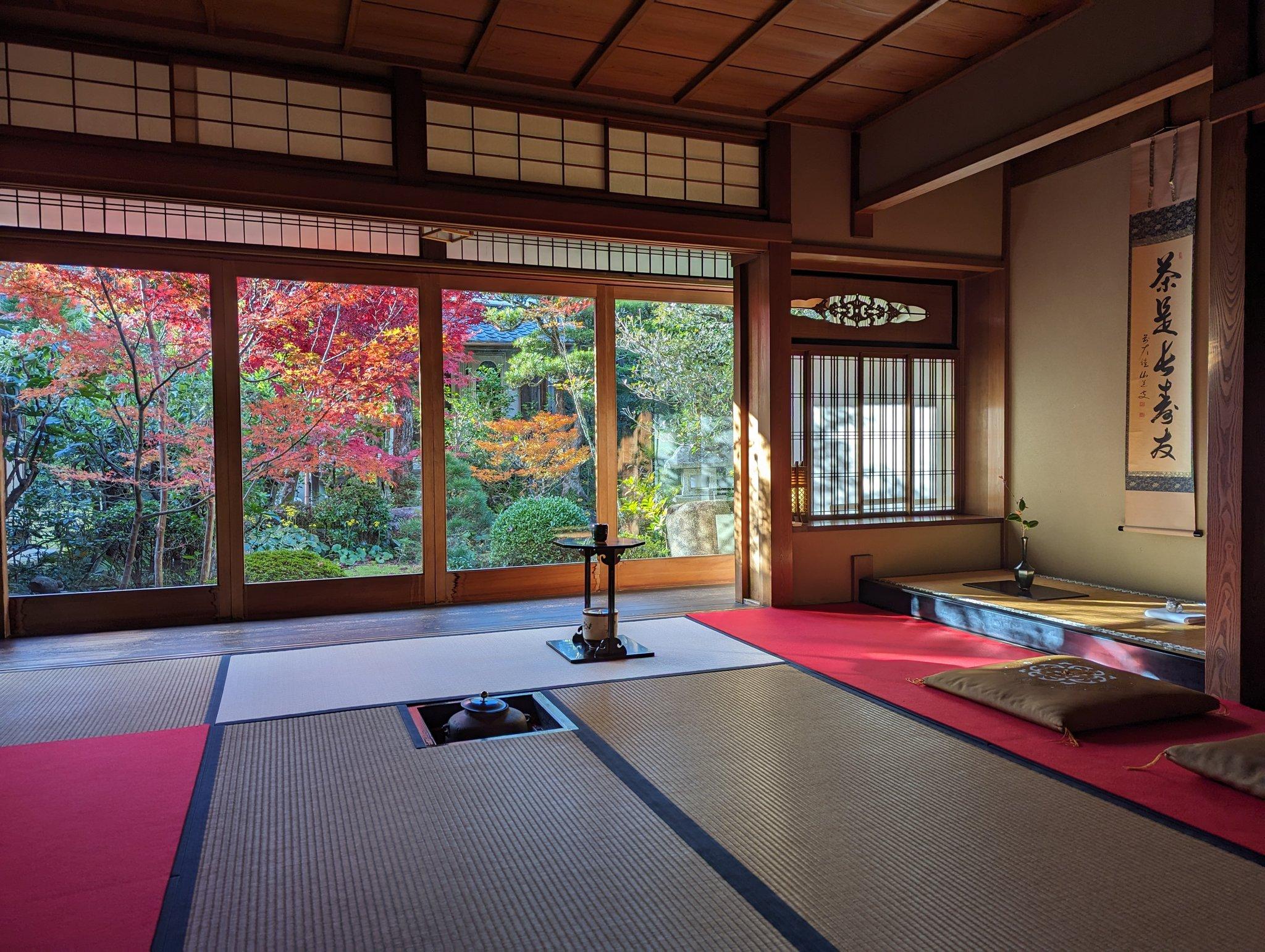
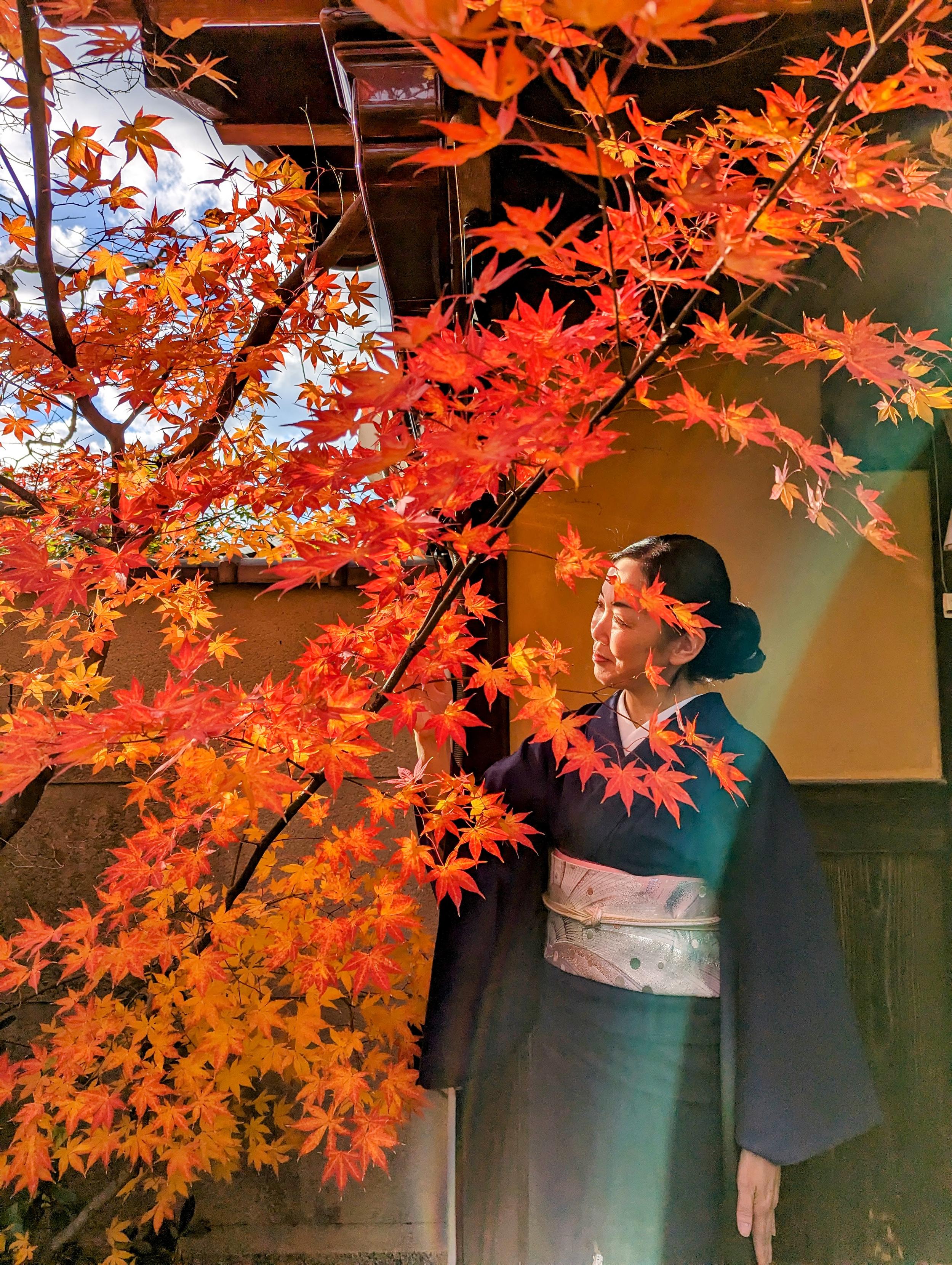
'Niiname-sai', the 'Harvest of the 5 Cereals' (新嘗祭), can be traced back to at least Emperor Tenmu (631-86), and continues to be celebrated by the imperial household.
Newly harvested rice, grains and other foods are dedicated to the gods.
Photo thanks🙇♂️-https://isejingu.or.jp

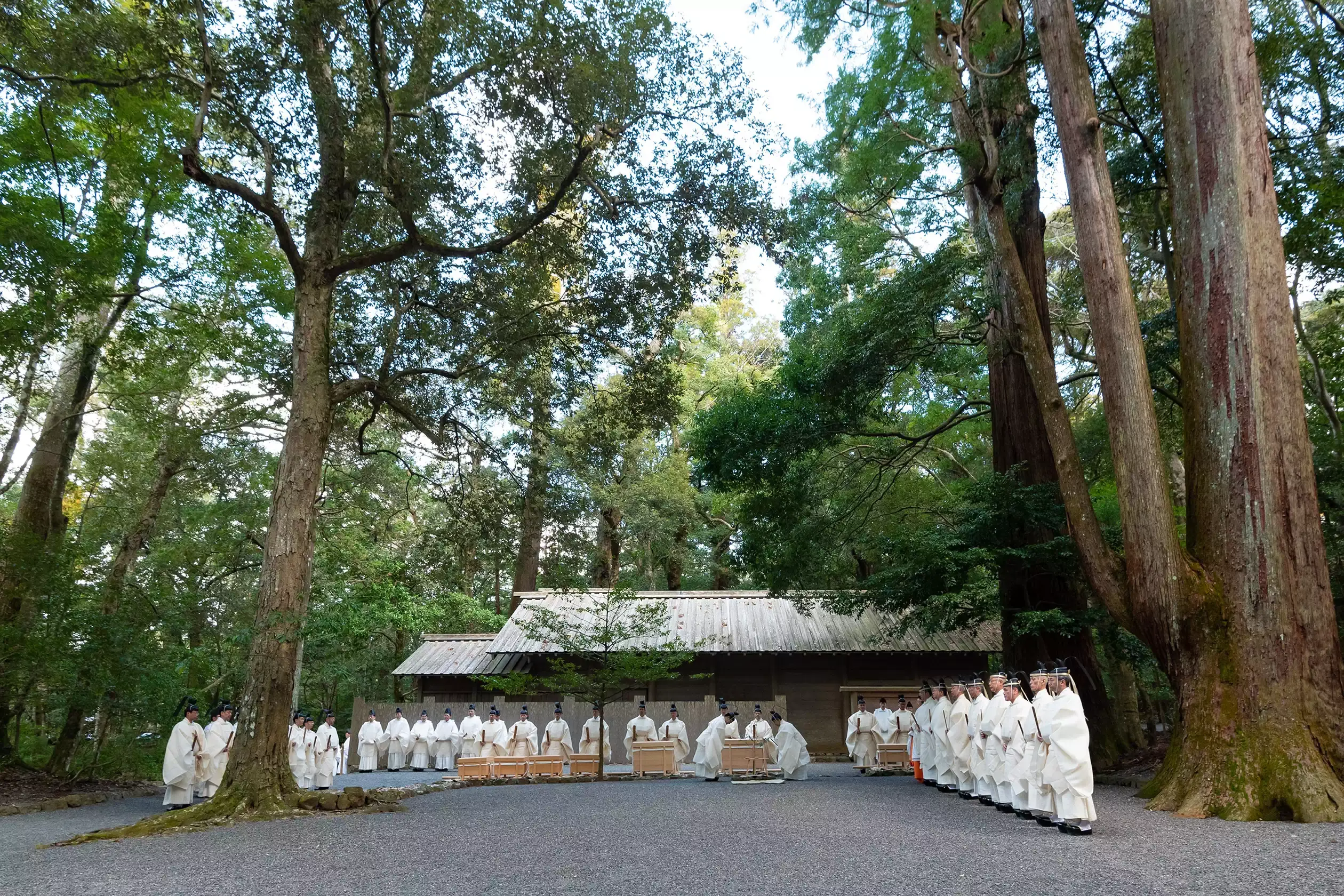

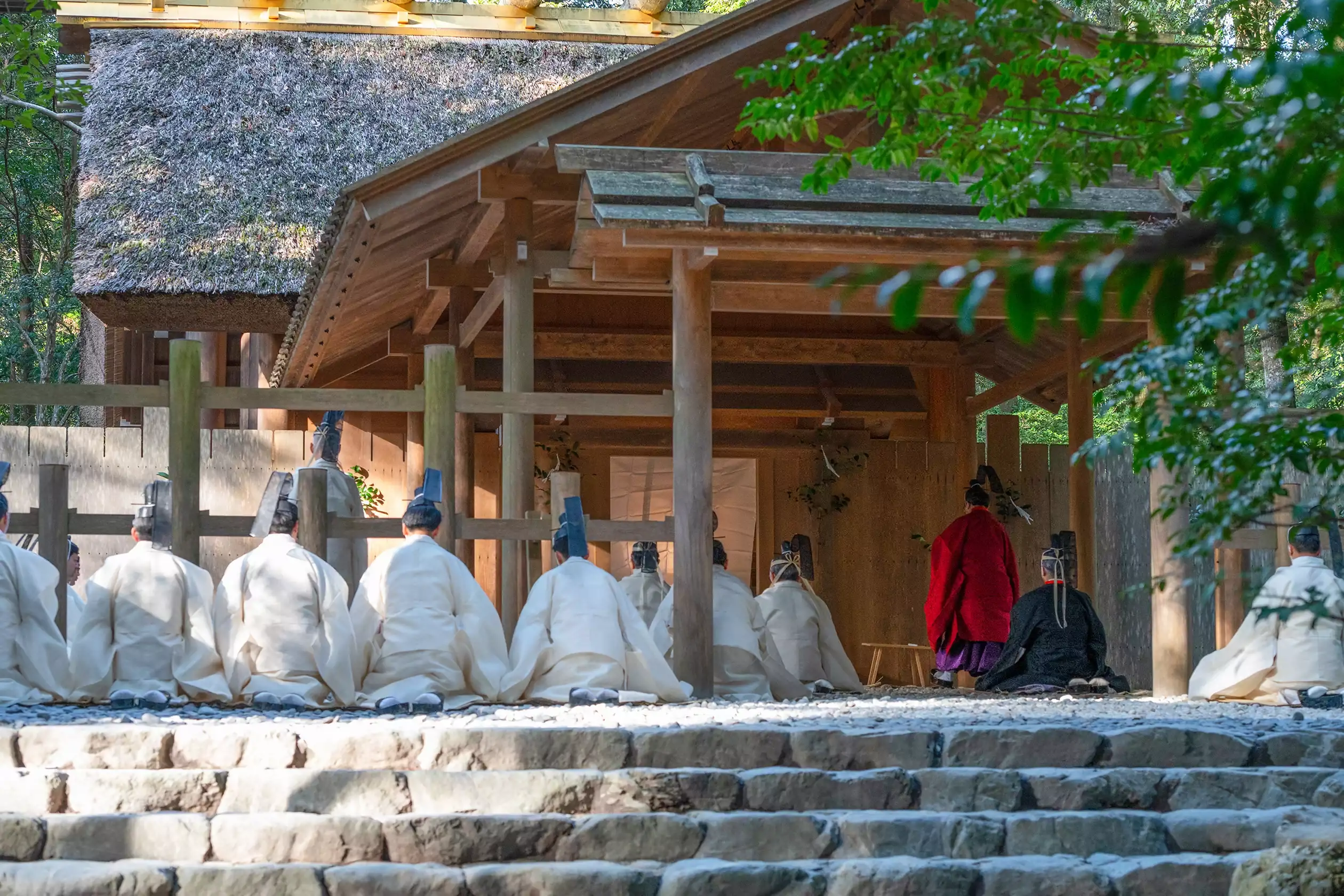

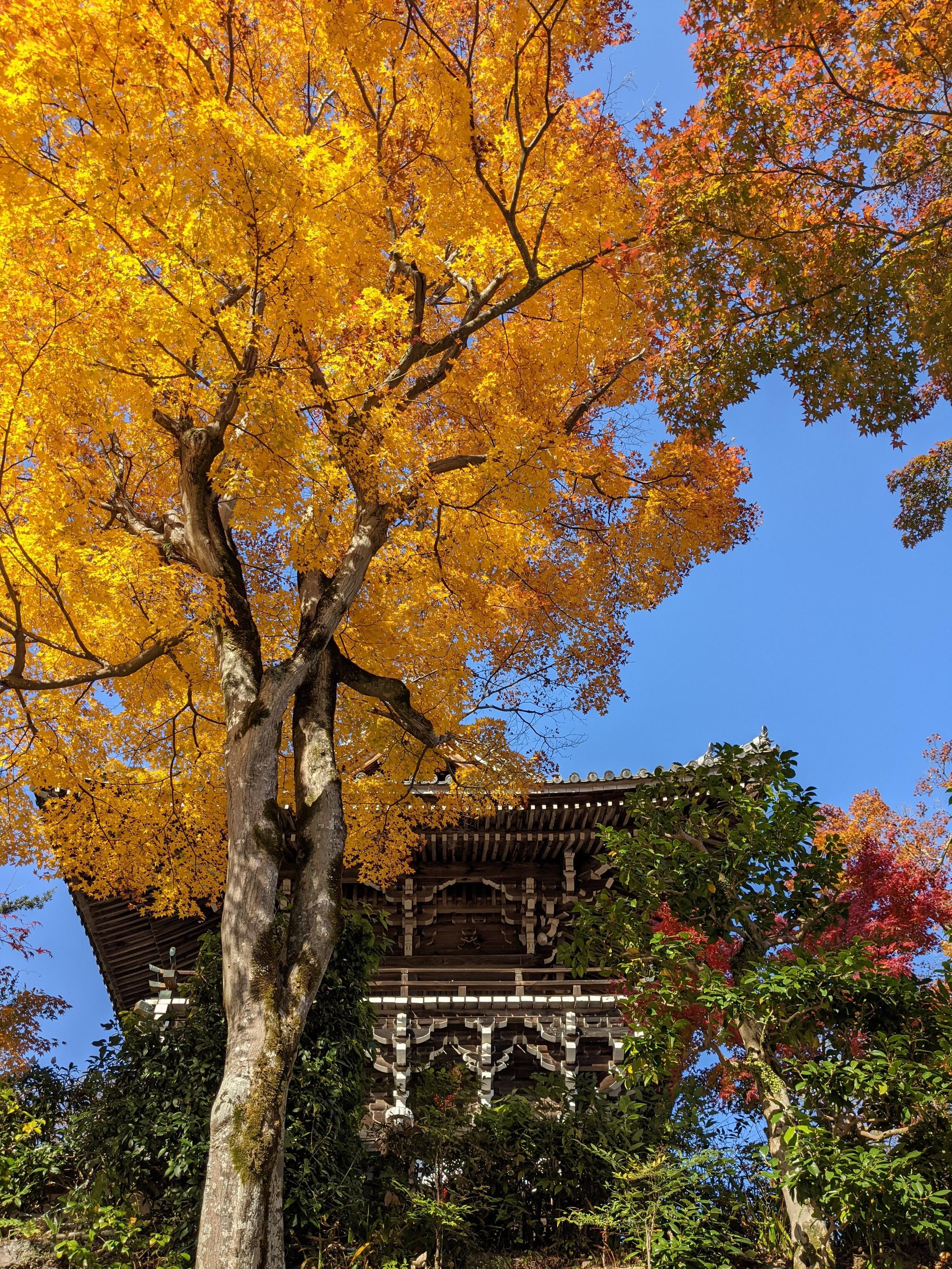

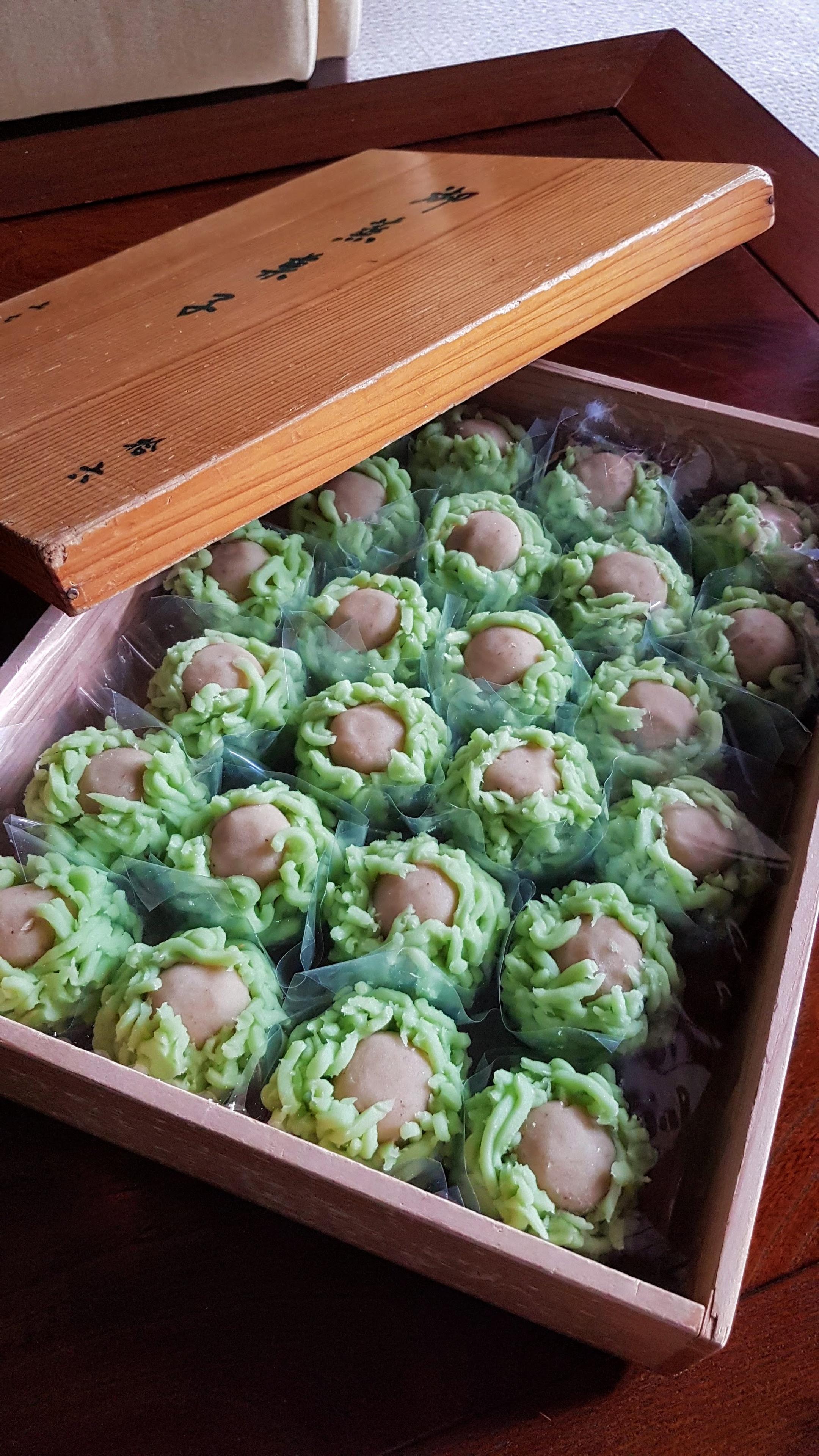
It's no accident November 23rd was chosen as a post-war holiday. Since ancient times a harvest festival known as 'Niiname-sai' (新嘗祭 aka 'Shinjō-sai') has been held on this date.
#Japan #新嘗祭 #autumn #Kyoto #京都 #勤労感謝の日 #laborthanksgivingday #thanksgiving


